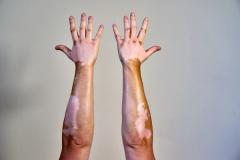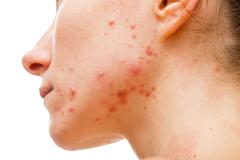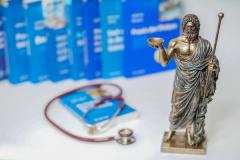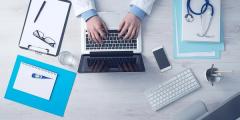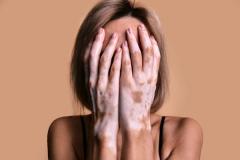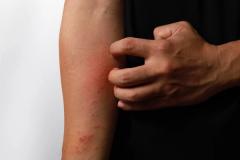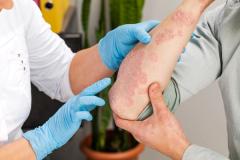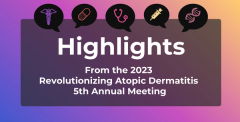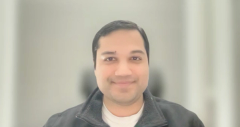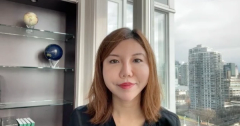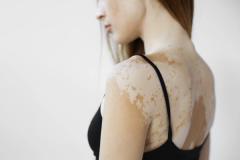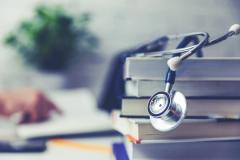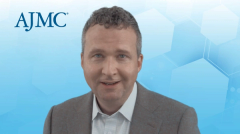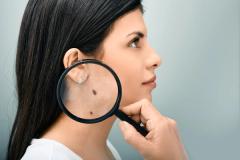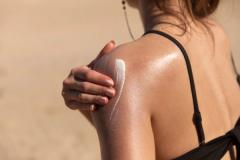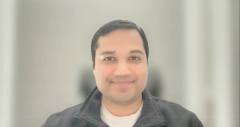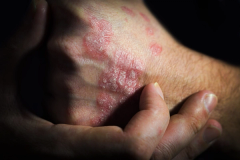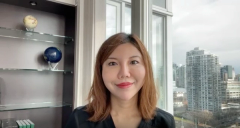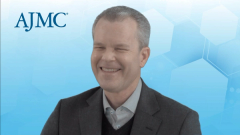
Dr Monica Li Lists Microneedling Considerations, Precautions
Monica Li, MD, medical and cosmetic dermatologist, listed microneedling considerations and precautions so that providers can safely implement the procedure.
This content was produced independently by The American Journal of Managed Care® and is not endorsed by the American Academy of Dermatology.
Monica Li, medical and cosmetic dermatologist, explained the essential microneedling considerations and precautions that providers should take into account to safely implement the procedure in patients.
Li is also a clinical assistant professor at the University of British Columbia.
Transcript
What are the essential considerations and precautions for safely implementing microneedling procedures in patients, particularly in real-world clinical settings where patient profiles and skin conditions may vary widely?
We really need to think about performing any treatment for that matter, including mechanical microneedling, with the mindset of pre-treatment, during the treatment, and post-treatment considerations.
If we organize it that way, then we think about pre-treatment. So, for mechanical microneedling, it's important to, first of all, identify treatable conditions. As we know, not every single tool in medicine is meant for every single condition out there. So, we have to select the appropriate candidate, first and foremost, to make that treatment safe and effective. Some of the treatable conditions that have been published in the literature, been demonstrated in studies, to work with mechanical microneedling includes scars, stretch marks, wrinkles, rhytides, and enlarged pores.
Of course, other than identifying the appropriate patient, once we determine that in the consultation process, it's important to avoid treating actively infected or inflamed skin. For instance, if a patient has oral herpes that's an active lesion, or if they have a flare up of their acne or eczema, then those are circumstances where that particular affected area of the skin, there should be no mechanical microneedling perform.
Now, just like many other treatments, we need to prep the skin before we deliver the treatment with an antimicrobial cleanser, and, for patient comfort to tolerate the treatment, we often will recommend the application of a topical anesthetic; in my practice, I use a compounded topical 30% lidocaine.
Beyond that, we should also avoid treating tan skin just out of an abundance of precaution. Even though mechanical microneedling is relatively considered colorblind, it's still important that if a patient returns to our office after a consultation and they show signs of an acute tan that we're not treating right there and then and asking the patient to return in 2 to 4 weeks so that the inflammation that is created by our treatment does not worsen or increase the risk of postprocedure dispigmentation.
With that in mind, then we think about during the treatment, so some considerations. When we're actually delivering the treatment, we should apply manual skin traction so that there is smooth delivery of microneedles into the skin. When we're delivering the treatment, the device, because this is a handheld electric motor power device, should be held perpendicular to the skin to ensure that there's even penetration of those tiny needles into the dermis. There's a gliding gel that we can use, depending on which tool and which screening device you end up choosing in your office, to facilitate movement of that device tip over the skin. A cross hatching technique should be applied so that you're not having skip areas that result after the treatment.
Similar to lasers, we always think about tissue clinical endpoint when we're treating to guide our parameters. Similarly, with mechanical microneedling, a useful guide for us for a treatment endpoint is to observe for pinpoint bleeding. In some cases, if we see a blurring or effacement of the targeted site, I can give an example where, for instance, if we're treating upper eyelid wrinkles, those vertical barcode lines, then a little bit of blurring because of the immediate post procedure edema is what I am referring to when I'm talking about effacement.
Then, this brings us to post-treatment. Of course, there's also a number of considerations. After we deliver the microneedling treatment for our patients, we have to apply cool, wet compresses to make sure there's hemostasis that's achieved. Often, we apply a soothing balm, ointment, or a sheet mask for comfort, to cool the skin, and also to just facilitate the treatment.
In my office, I use a biocellulose mask, which is basically a water-concentrated mask that patients often feel is very nice and calming on their skin afterwards. We have to educate our patients to avoid applying any actives, especially immediately after the treatment, but also within the first several days, until the post procedure redness and puffiness resolves. This is important so that we don't further irritate the skin. So, active [ingredients] I'm referring to would include things like topical retinols, retinoids. salicylic acid.
Patients really should not be applying makeup for at least the first 24 hours after treatment, as well. That's because there's these little micro channels in the skin. We don't want contamination from makeup products through those little channels after our treatment, and it takes at least as histology studies have shown at least 4 hours, if not longer, to close.
Finally, because we see this being reported, although not commonly, in the literature for microneedling treatment as a side effect, patients and clinicians should avoid application of any topical agents that are not approved for intradermal use. The reason is because we want to prevent potential allergic contact dermatitis and also possible granuloma formation from use of these products that are not meant to go through into the skin.
Newsletter
Stay ahead of policy, cost, and value—subscribe to AJMC for expert insights at the intersection of clinical care and health economics.





